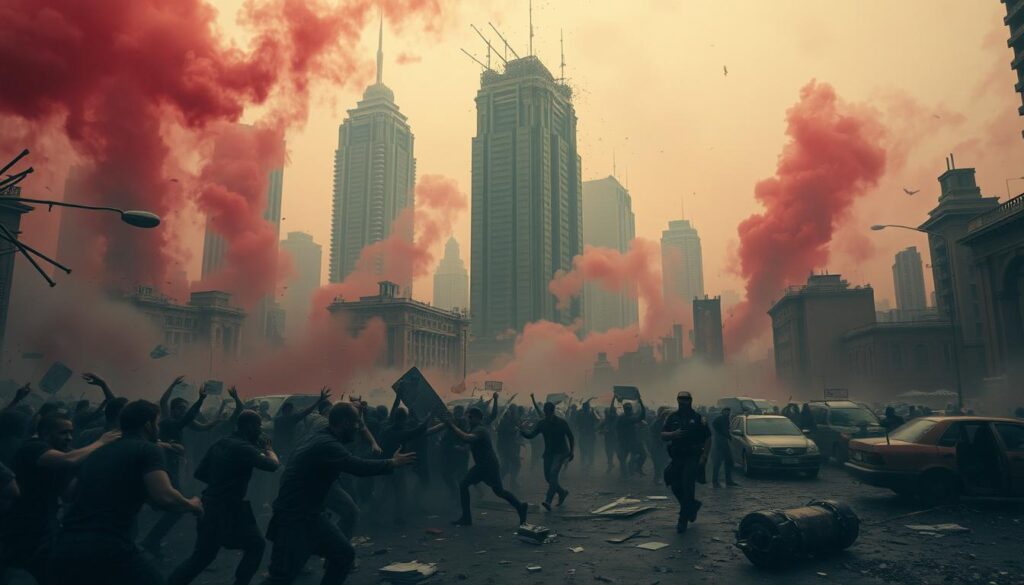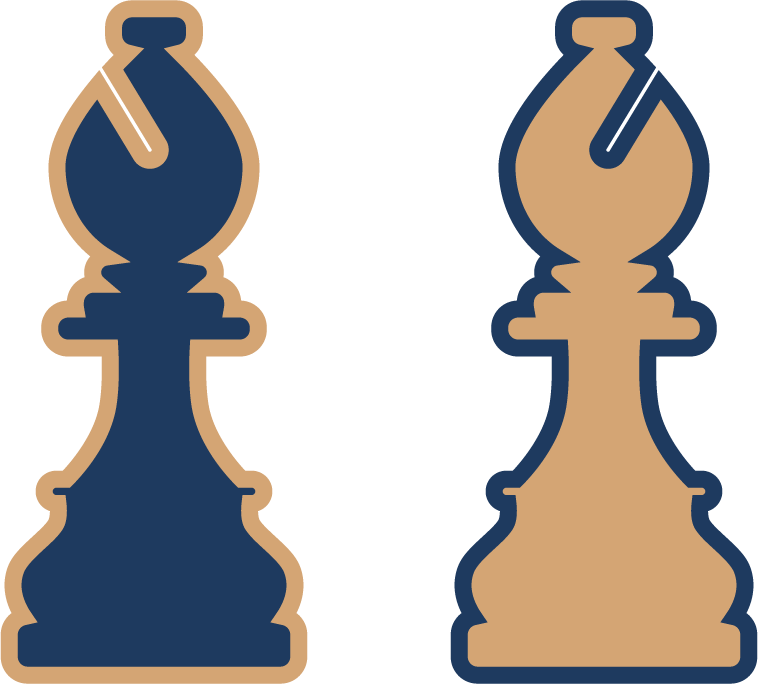Why do some events dominate our attention while others fade away quickly? The answer lies in a modern phenomenon amplified by digital platforms. Social media algorithms and 24/7 news cycles fuel emotional responses, creating a self-perpetuating system known as The Outrage Cycle.
This cycle unfolds in three viral waves: Primary, Reactionary, and Anti-Reactionary. Each wave builds on the last, drawing more people into the conversation. Polarized politics and cancel culture, as analyzed by Vox, further complicate the struggle for public forgiveness.
Societal consequences are significant. Trust in institutions erodes, and divisions deepen. The Media-Lawyer Complex plays a key role in driving this cyclical outrage. This article explores the causes, stages, and long-term impacts of this pervasive issue.
Key Takeaways
- Digital platforms amplify emotional responses to events.
- Social media algorithms and 24/7 news cycles accelerate outrage.
- The cycle includes Primary, Reactionary, and Anti-Reactionary waves.
- Polarized politics and cancel culture complicate public forgiveness.
- Trust in institutions erodes, and divisions deepen.
- The Media-Lawyer Complex drives cyclical outrage.
What is The Outrage Cycle?
Public reactions to events now unfold in predictable, escalating patterns. This process, often lasting 72 hours to two weeks, is driven by digital platforms and the rapid spread of information. It begins with an initial event, known as Moment Zero, and escalates through three distinct waves.

The Role of Social Media in Amplifying Outrage
Social media plays a central role in triggering the first wave. Tweets and unverified videos shared during Moment Zero capture people’s attention. Journalists often amplify these posts, spreading incomplete facts to capitalize on the buzz. This creates a frenzy that fuels further reactions.
Key Stages of The Outrage Cycle
The Primary Viral Wave occurs within the first 24 hours. During this time, emotions run high, and facts are often overlooked. The Reactionary Viral Wave follows, exposing fake content like Photoshopped images. This fuels tribal narratives and deepens divisions.
Finally, the Anti-Reactionary Wave emerges. Voices urging calm, such as historians on podcasts, attempt to counter the frenzy. However, their measured tones often bore audiences, leading to apathy. For example, war coverage can escalate from mild concern to apocalyptic rhetoric in just days.
Throughout this cycle, social media’s speed outpaces fact-checking. This creates self-sustaining loops of outrage, where emotions dominate over facts. Understanding these stages helps explain why certain events dominate public discourse while others fade quickly.
Causes of The Outrage Cycle
Behind every wave of public anger lies a complex web of influences. Two key factors drive this phenomenon: the Media-Lawyer Complex and polarized politics. These forces work together to amplify emotions and sustain cycles of outrage.
Media-Lawyer Complex: A Perpetual Motion Machine
The Media-Lawyer Complex operates like a self-sustaining system. Media outlets profit from sensational stories that grab attention. Lawyers then exploit vague laws to fuel litigation, creating a “gold rush” of legal battles. Profits from these cases are reinvested into new cycles of outrage.
This process follows a five-step pattern: Catalyst → Mobilization → Legislation → Litigation → Reinvestment. Each step feeds into the next, ensuring the cycle continues. For example, reactive legislation often leads to more lawsuits, which in turn generate more media coverage.
The Impact of Polarized Politics
Polarized politics deepen divisions by turning events into tribal battles. People often interpret facts through the lens of their preexisting beliefs. This confirmation bias transforms incidents into Rorschach tests, where each side sees what they want to see.
Social media algorithms exacerbate this issue by prioritizing extreme content. Posts that provoke strong reactions are pushed to the forefront, pushing narratives to their illogical extremes. This creates an environment where constructive outrage, like protests against injustice, is overshadowed by destructive tribal anger.
Understanding these causes helps explain why outrage dominates public discourse. It also highlights the need for solutions that break these cycles and foster healthier public conversations.
Effects of The Outrage Cycle on Society
Society’s response to events has reshaped how we engage with media and each other. Emotional reactions dominate, leaving lasting impacts on trust, forgiveness, and public discourse. These effects are far-reaching, influencing both individuals and institutions.

Erosion of Trust in Media and Institutions
Trust in media and institutions is declining. A Gallup poll shows only 34% of Americans trust news “a great deal.” This skepticism stems from sensationalism and incomplete reporting during outrage cycles. People feel misled, further deepening distrust.
Attention fatigue also plays a role. Audiences forget past significant events as new ones emerge. This dilutes focus on real crises, making it harder to address pressing issues. Over time, this cycle erodes confidence in those meant to inform and protect.
The Cycle of Forgiveness and Repentance
Forgiveness becomes challenging in a world driven by outrage. Social media lacks the community needed for reconciliation, as noted by Dr. Blount. Without meaningful dialogue, people struggle to move past conflicts.
Dr. Hylen emphasizes communal repentance, contrasting it with viral cancel culture. The Matthew 18 model highlights accountability within communities, not public shaming. This approach fosters healing rather than division.
Constructive outrage, like protests against injustice, often gets overshadowed by destructive anger. Dr. Brown’s distinction reminds us that not all anger is harmful. However, the constant barrage of outrage desensitizes people to meaningful issues.
Anti-Reactionary Waves, intended to calm, often fail. Truth is seen as boring, and audiences lose interest. This perpetuates the cycle, leaving society desensitized and divided.
Conclusion
Media and social platforms shape how people react to events. Polarized identities and sensationalism sustain repetitive patterns of anger. Critical thinking is essential to resist algorithmic manipulation and break these loops.
Solutions like slow journalism and fact-checking before sharing can help. Engaging with local communities fosters meaningful dialogue. Dr. Hylen’s insight, “Forgiveness requires repentance,” offers a path away from performative outrage.
Comparisons to extreme figures like Hitler or Stalin dilute serious discourse. Disengaging from viral waves and seeking nuanced perspectives can restore balance. It’s time to prioritize attention on what truly matters.
FAQ
What is the outrage cycle?
The outrage cycle refers to the repetitive pattern where intense public anger is sparked, amplified, and then fades, often driven by media and social platforms.
How does social media contribute to the outrage cycle?
Social media accelerates outrage by spreading information quickly, encouraging emotional reactions, and creating echo chambers that amplify extreme views.
What are the key stages of the outrage cycle?
The cycle typically begins with a triggering event, followed by widespread reaction, media coverage, public debate, and eventual fading of attention.
How does the media-lawyer complex fuel the outrage cycle?
The media-lawyer complex thrives on sensationalism, often prioritizing dramatic stories over facts, which perpetuates outrage and keeps the cycle in motion.
What role does polarized politics play in the outrage cycle?
Polarized politics deepens divisions, making it easier for people to react strongly to issues that align with their beliefs, further fueling outrage.
How does the outrage cycle affect trust in media and institutions?
Constant outrage can erode trust as people become skeptical of biased reporting and perceive institutions as unreliable or manipulative.
Is there a way to break the outrage cycle?
Breaking the cycle requires critical thinking, fact-checking, and focusing on constructive dialogue rather than emotional reactions.
